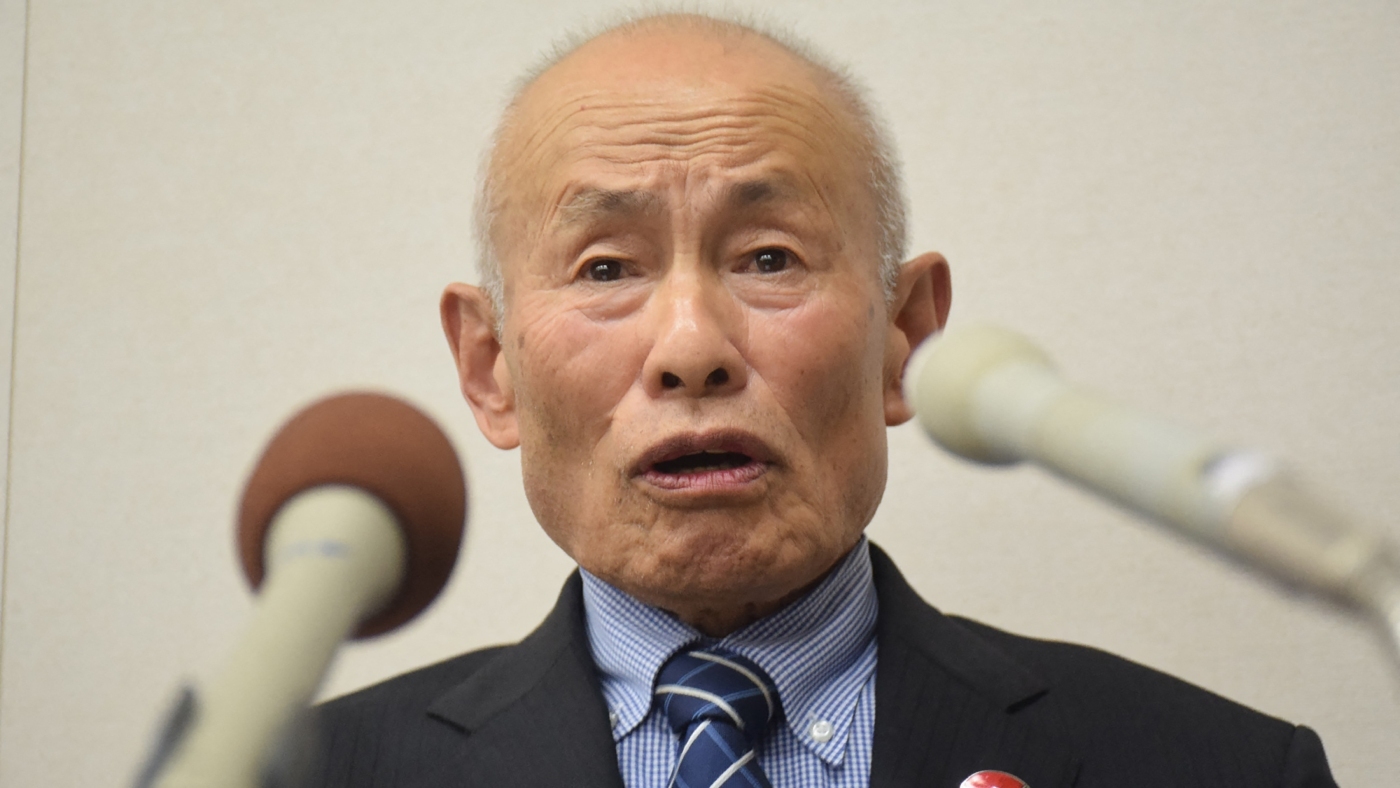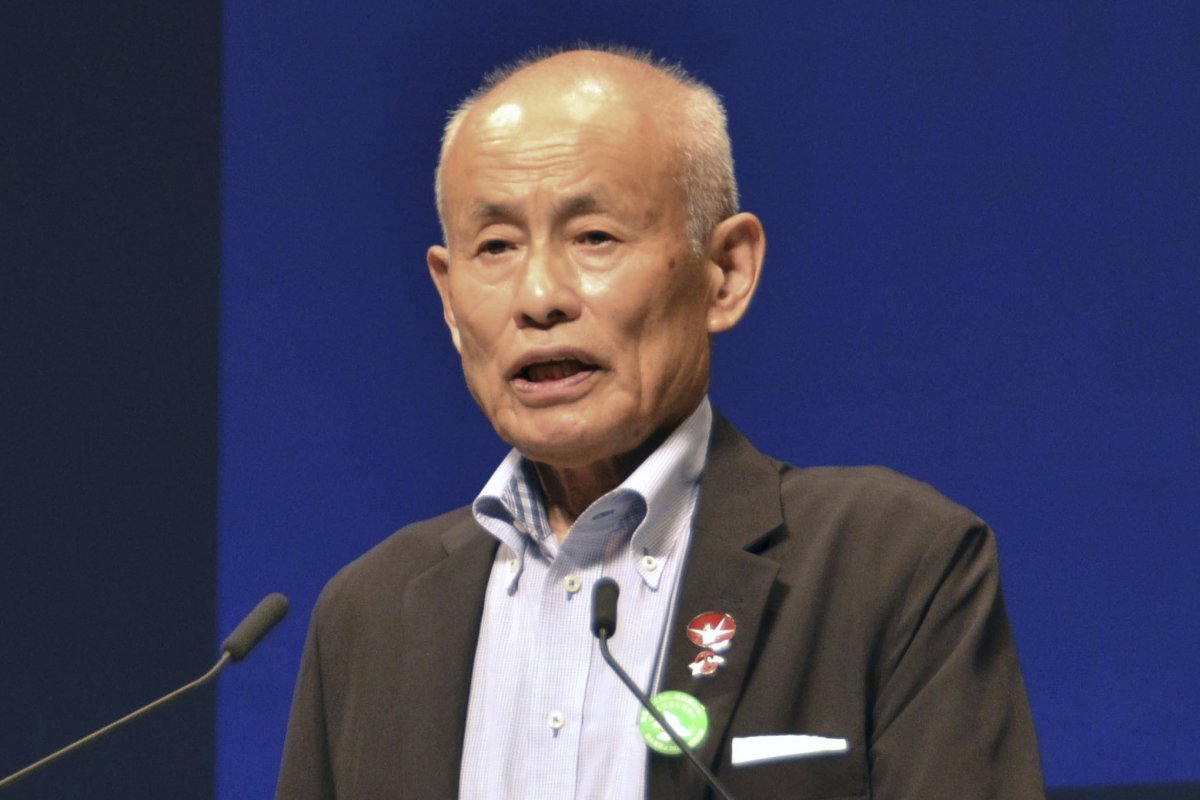The 2024 Nobel Peace Prize has been awarded to Nihon Hidankyo, an organization representing survivors of the atomic bombings of Hiroshima and Nagasaki. Known as hibakusha, these survivors are a rapidly declining group that has spent decades advocating against nuclear weapons.
As they confront the realities of their advancing age, with an average age of 85.6 years, they view this recognition as a crucial opportunity to share their harrowing experiences and ensure that future generations understand the horrors of nuclear warfare.
Toshiyuki Mimaki, a senior member of the Hiroshima branch of Hidankyo, emphasized the urgency of passing their messages to younger generations. He stated that receiving the Nobel Peace Prize comes with a responsibility to disseminate their stories not only within Japan but across the globe.
The hibakusha’s activism involves recalling painful memories from their past, often accompanied by discrimination and ongoing health issues stemming from radiation exposure, all aimed at preventing future nuclear tragedies.

Nobel Peace Prize Recognizes Hiroshima and Nagasaki Survivors’ Ongoing Fight Against Nuclear Weapons
Despite their efforts, the hibakusha expresses frustration at the growing nuclear threat and the lack of understanding among younger people regarding the importance of nuclear disarmament.
The number of prefectural hibakusha groups has dwindled from 47 to 36, while the Japanese government, relying on the U.S. nuclear umbrella for protection, has not signed the Treaty on the Prohibition of Nuclear Weapons. However, there are signs of hope, as youth movements are emerging to support the hibakusha’s cause.
A group of high school students attended the Nobel announcement with Mimaki, pledging to continue the fight against nuclear weapons. One student, Wakana Tsukuda, expressed her renewed commitment to disarmament efforts, inspired by the recognition.
Another student, Natsuki Kai, affirmed her determination to make nuclear disarmament a reality. In Nagasaki, 17-year-old Yuka Ohara echoed this sentiment, drawing inspiration from her grandparents’ experiences and emphasizing the significance of peace.
Efforts to document the stories of hibakusha have intensified in Japan, with young volunteers working alongside survivors to ensure their narratives are preserved. The historical context is critical: the atomic bombings resulted in the deaths of 140,000 people in Hiroshima and 70,000 in Nagasaki, leading to Japan’s surrender in World War II.
Hidankyo was established in 1956 in response to the rising anti-nuclear movement, catalyzed by U.S. hydrogen bomb tests and subsequent radiation exposure incidents. As of March, approximately 106,823 survivors remain eligible for government medical support, but many others, including those affected by the radioactive “black rain,” still lack assistance.











































